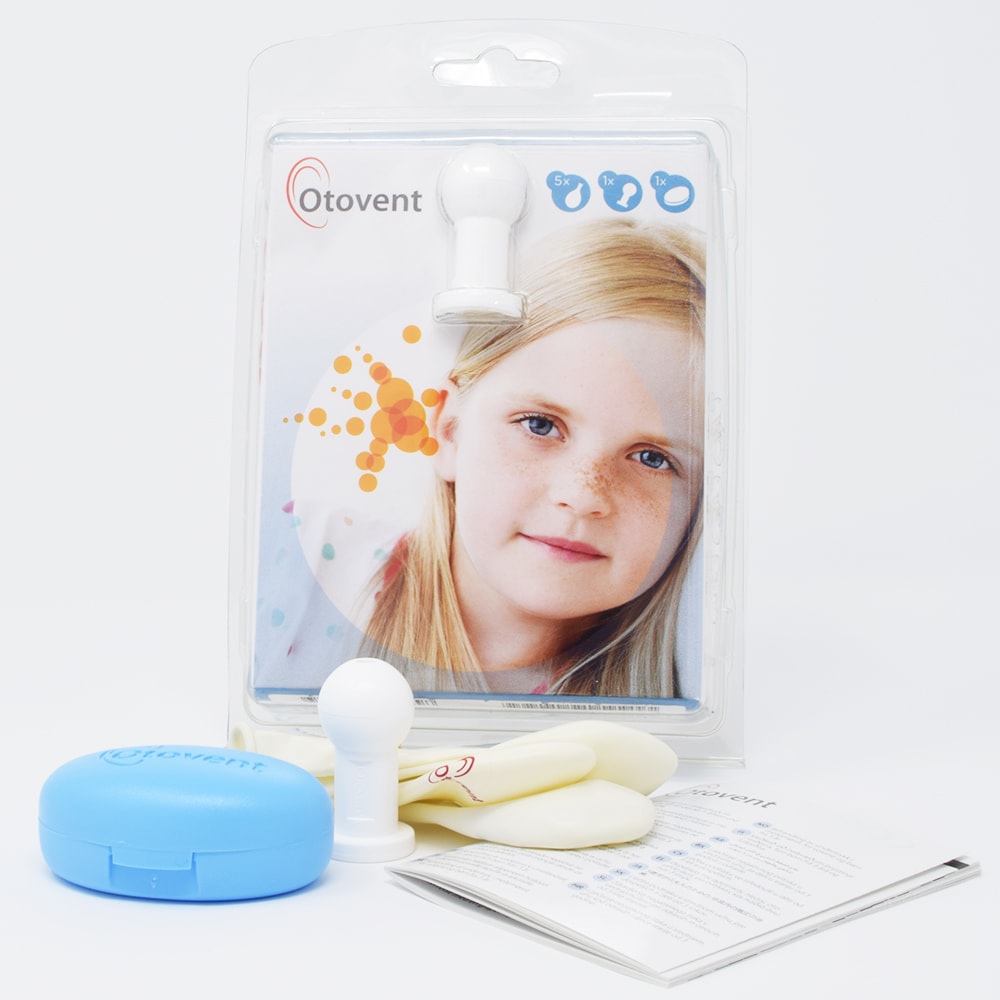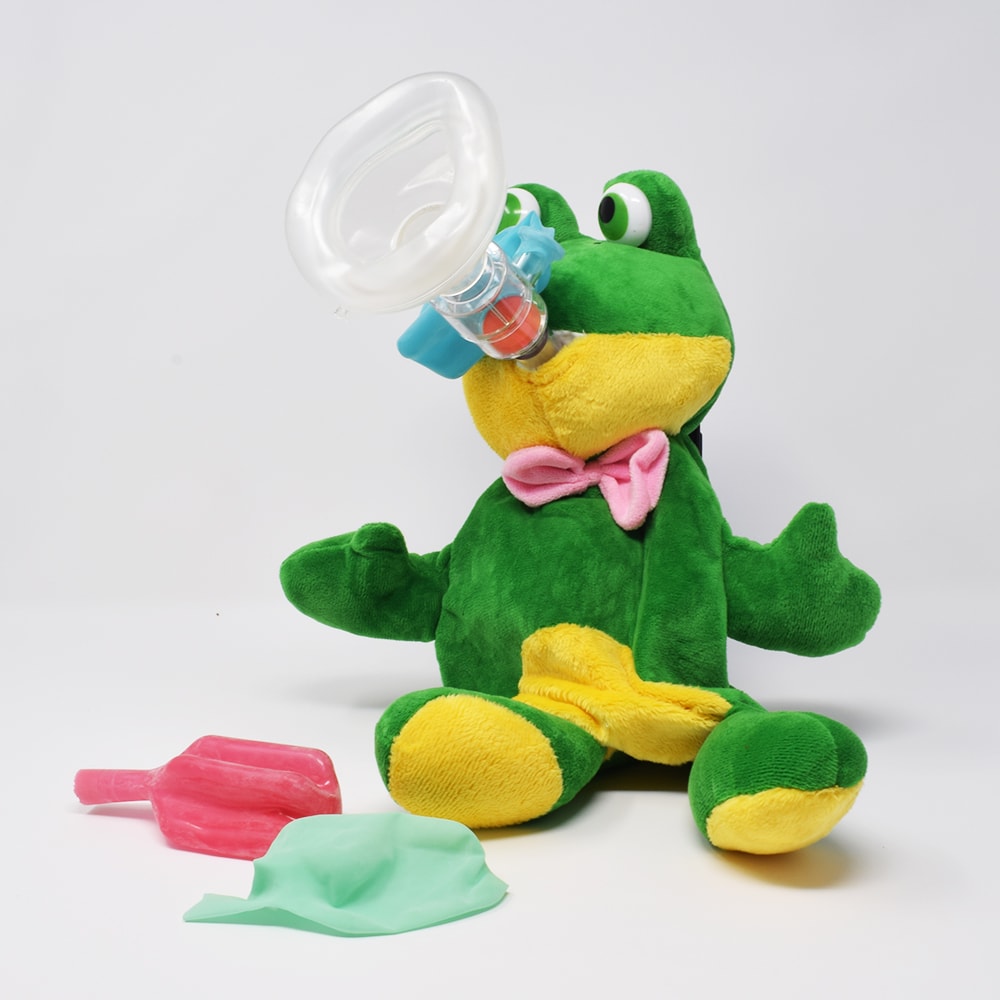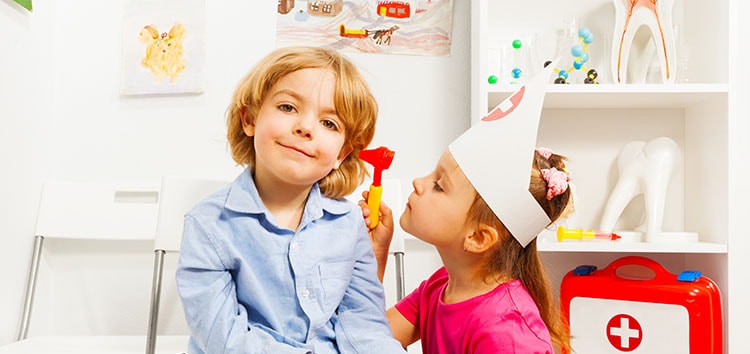
Glue Ear In Children
Glue ear is a common medical condition affecting hearing. It is also known as Otitis Media with Effusion or Serious Otitis Media and can result in social difficulties as well as stunted learning at school.
READ MORE
There are three sections to the ear: the inner ear where balance and the nerves are located, the middle ear space where infections occur and the outer ear canal.
When the Eustachian tube becomes blocked – often due to a common cold – the middle ear fills with fluid rather than air. The condition derives its name from the fluid becoming sticky or ‘glue’ like over time. Your child cannot hear properly if they have glue ear, which affects 8 out of 10 children at least once before their tenth birthday.

Symptoms
Glue ear or Otitis Media with Effusion is a painless condition which causes hearing loss. If you notice your child displaying any of the following symptoms they could be suffering with the condition:
Dulled Hearing
The ‘glue’ like substance associated with glue ear dampens vibrations caused by soundwaves reducing hearing ability.
Social Isolation
When they’re experiencing hearing loss children can lose awareness of their environment often making them feel left out.
Speech & Language Problems
Glue ear can cause stunted language and speech development in some cases.
Selective Hearing
Children can appear to have selective hearing when suffering from glue ear, for example not noticing when their name has been called.
Learning Challenges
A child’s school work can begin to deteriorate as a consequence of not hearing the teacher.
Clumsiness or Balance Problems
Balance problems can be caused by ear conditions.
Using a Louder Volume
Your child turning the volume up louder than normal on household devices can be a sign of glue ear.
Babies less responsive to sound
Young children yet to develop speech can appear less responsive to sound if they’re suffering with glue ear.
Treatment
GP
If you notice your child’s behaviour is matching the glue ear symptoms you should consult your GP. Your GP will likely ask you to observe an ‘active observation’ or ‘watch and wait’ period if they suspect glue ear as the cause. This happens because roughly 50% of glue ear cases spontaneously resolve without the need for treatment.
%
50% of glue ear cases will spontaneously resolve without treatment
Audiologist
If your child’s symptoms persist after the watch and wait period your GP will refer them to an Audiologist. The Audiologist will diagnose glue ear using a tympanometry test. You will probably be asked to continue the active observation period following diagnosis. If the condition continues after this, they will either refer you to your GP for an Otovent prescription or to an ENT surgeon for grommet surgery.
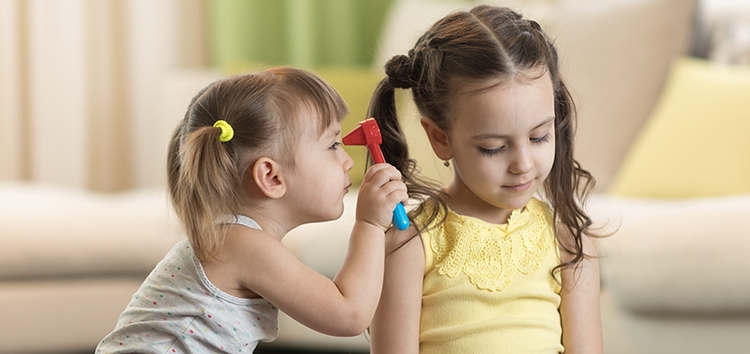
Watch and Wait / Active Observation
The wait for a diagnosis can be very frustrating for parents. If your child is having difficulties at school the desire for treatment can be made especially urgent. The Otovent auto-inflation device is available free on prescription and over the counter at your local pharmacy. It can also be purchased from our transactional website, otovent.co.uk There is now a treatment for children under 3 called Moniri Otovent available to purchase from the same website.

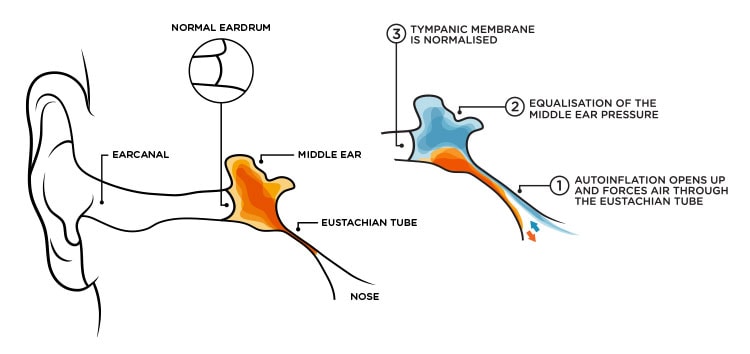
What is Otovent?
NICE recommend that autoinflation is tried during the active observation / watch and wait period ‘for children who are likely to be able to carry out the procedure.’ Non-surgical and drug-free, Otovent is an auto-inflation device. The balloons inside the kit are specially pressurised for opening the eustachian tube when inflated via the nose. This process allows the fluid associated with glue ear to safely drain away.
The Otovent auto-inflation device is only suitable if your child can blow their nose. Moniri Otovent may be more suitable for them if they cannot blow their nose.
*This feature should be used solely as a general guideline and isn’t reflective of individual variables which may affect the suitability of Otovent as a treatment option. Please seek medical advice from your doctor as child development can differ vastly, and a qualified medical professional will be able to accurately advise you on your own individual requirements.

Grommet Surgery
Grommet surgery is carried out under general anaesthetic and takes about fifteen minutes. A small plastic tube is inserted into the ear drum maintaining the correct pressure and allowing the fluid associated with glue ear to drain. Grommets typically stay in place for 6 - 12 months but in approximately ⅓ of cases can fall out prior to the glue ear being resolved. Repeat surgery can result in ear drum scarring.

Other Remedies
The following alternative treatments are not recommended by the NHS or NICE due to a lack of supporting clinical evidence: topical or systemic antihistamines, antibiotics, topical or systemic steroids, topical or systemic decongestants, cranial osteopathy, homeopathy, dietary modification including probiotics, immunostimulants, acupuncture and massage.

How To Use Otovent

Connect
Connect the balloon to the nose piece and hold the round part of the nose piece firmly against your right nostril with your right hand. Press the left nostril closed with your left hand.

Inflate
Inhale deeply, close your mouth and inflate the balloon until it’s the size of a grapefruit, by blowing via the nostril.

Repeat
Repeat the procedure with the left nostril. If your child experiences a pressure increase and / or ‘click’ in their ear you will know that the treatment is working.



